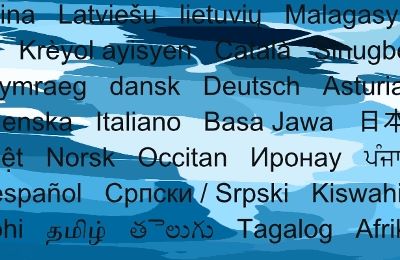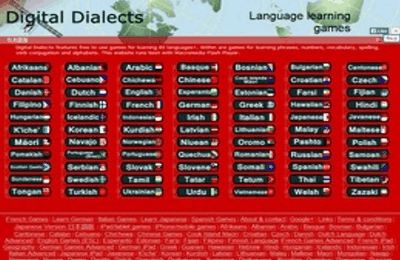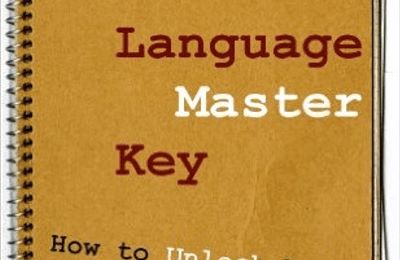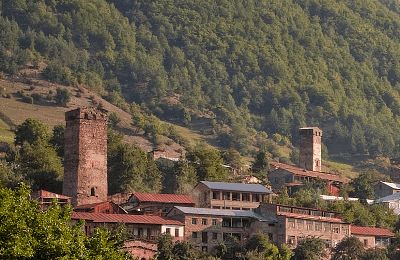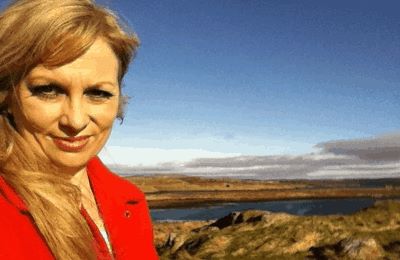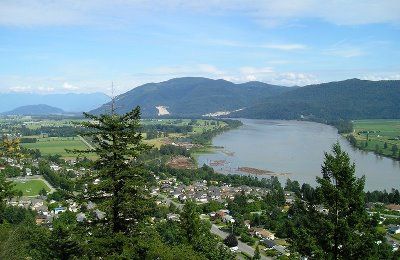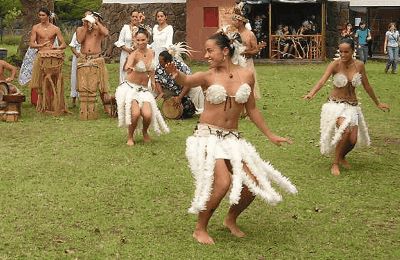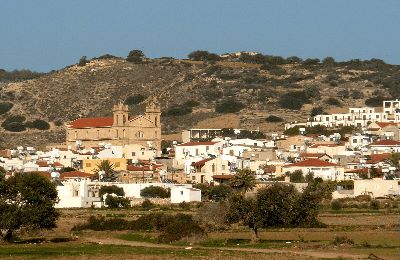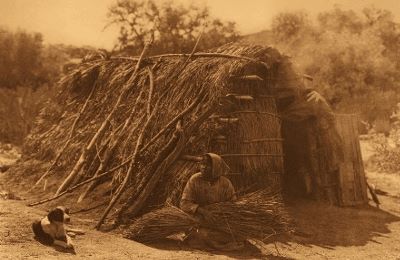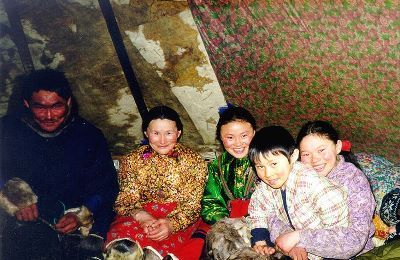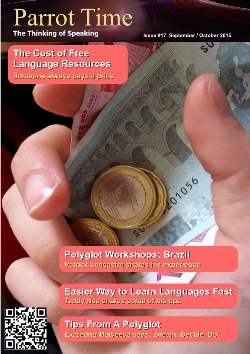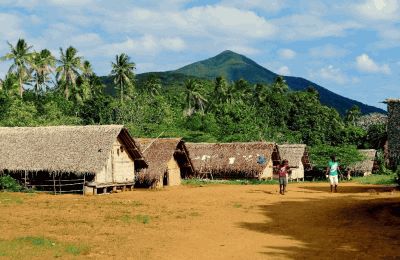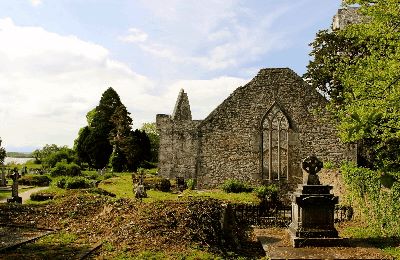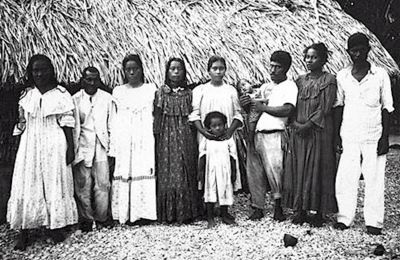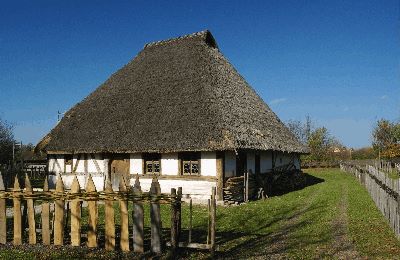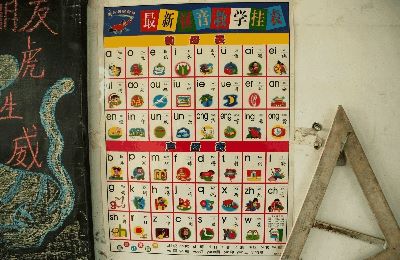
|
Talysh is a Northwestern Iranian language with somewhere between 900,000 to 1 million speakers and is broken into three main dialects - Northern, Central, and Southern - spoken in parts of Iran and Azerbaijan on the western shore of the Caspian Sea. 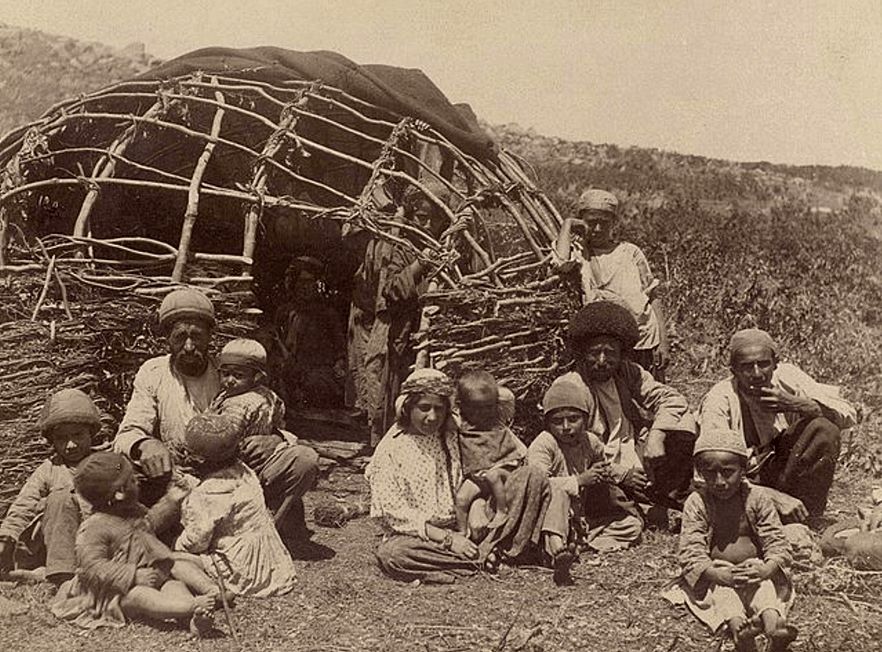 Talysh people near their house Northern Talysh is spoken mainly in southern Azerbaijan and in some regions of Iran, like the Province of Gilan. The Central and Southern dialects are spoken in northern Iran. The geographical names might sound inverted (Northern spoken in the south, Southern spoken in the north) because Azerbaijan is north of Iran, so the language actually straddles the border between the two. In Gilan, Iran, the language has been influenced by the neighbouring languages of Persian, Gilaki, and Azeri. In the southern region, the Talyshi and Gilaks (the native people of Talysh and Gilaki, respectively) live next to each other, and each language has taken on aspects of the other, rather than one becoming dominant. The northern region is different, though. While the inhabitants of Lavandvil and the surrounding mountainous regions still speak Talysh, Azeri Turkic has pushed it out of areas like Astara. Talysh is partially mutually intelligible with Persian. This changed in the 1930s, when the schools were closed down and the Talyshi people were reclassified as Azerbaijani. The name of the Talyshi people can be found in old Arabic text as Al-Taylasân and in Persian as Tâlišân or Tavâliš. The northern dialect spoken in Azerbaijan was historically known as Tâlish-i Guštâsbi. In more modern western literature, both language and people are sometimes referred to as Talishi, Taleshi or Tolashi, but documents about them are rare. The origins of the Talyshi people can be traced all the way back to the ancient Medes, who were an Iranian people living in what is now Northwestern Iran between 1000 and 900 BCE. Anthropologically, they are part of the Iranian people of the Indo-European family. They identify themselves with the Cadusians, who were an Iranian tribe of the western Alborz mountains and were subdued by the Medes. 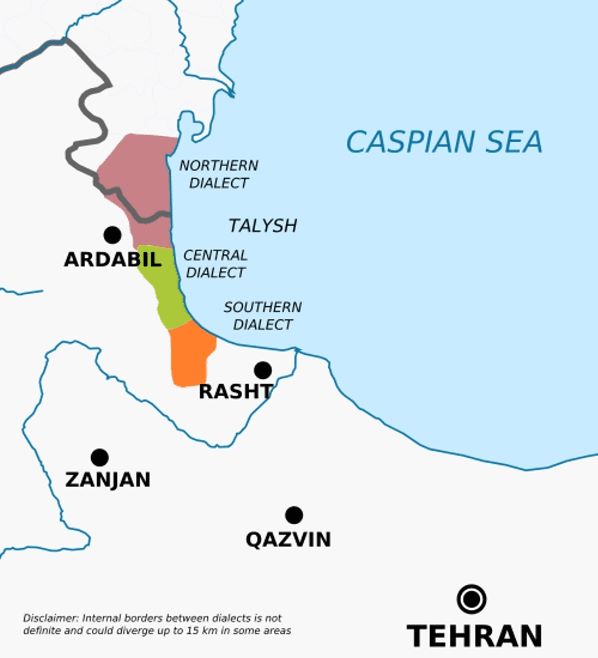 The Talysh region of modern day Azerbaijan came under Russian control during the 19th century. At the start of the 20th century, there was some Talysh educational outlets in the form of Talysh high schools, several Talysh language books, and a newspaper called "Red Talysh". This changed in the 1930s, when the schools were closed down and the Talyshi people were reclassified as Azerbaijani. Other ethnic minorities suffered persecutions in Azerbaijan as well. While under Soviet rule, Talysh was written in a Latin-based alphabet, which had been devised in 1929, then in 1938, a Cyrillic-based system was used, Today, it is written in the Perso-Arabic script in Iran and using the Azeri Latin script in Azerbaijan. In 1936, Talyshi nationalists were exiled to Siberia, and broadcasting in Talysh was abolished, depriving the Talyshi people of their mass media. Finally, in 1991, when the USSR fell and Azerbaijan was able to succeed from the Soviet Union, there was some chance to revive their language and heritage. 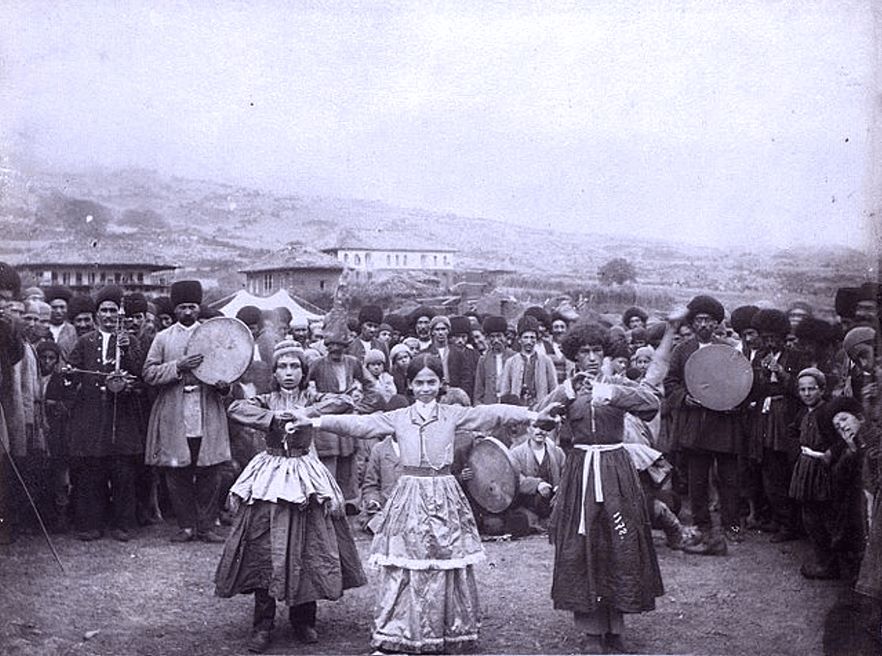 Dances of Talysh people in Iran Even then, however, the history of repression made it difficult to reconnect, being held back by the residual fear of persecution. The Talysh National Movement (NTM), formally created in 2007 by Talyshi leaders who had been in exile in the Netherlands, is the major organisation representing the Talyshi people, with its goal of working with the United Nations to get recognition of the Talysh nation. They want an autonomous region within Azerbaijan while also demanding the promotion of cultural and linguistic rights of all minorities within the country. Meanwhile, the Talyshi people face the dilemma of whether they should follow their Islamic traditions, an especially difficult prospect during this current backlash in the world against Muslims, or embrace Western culture and technology. But it might be too late. The Talyshi population is in decline and the language is classified as "vulnerable" by UNESCO. Because it is rarely being passed on to Talyshi children and young Talyshi more often speak Persian or Azerbaijani, it may become extinct within 25 - 35 years. |
| Languages in Peril - Talysh | ||||||
| Writer: | Lucille Martin | |||||
| Images: | ||||||
| ||||||
| Sources: | ||||||
| ||||||
All images are Copyright - CC BY-SA (Creative Commons Share Alike) by their respective owners, except for Petey, which is Public Domain (PD) or unless otherwise noted.
|
Searching for language resources? Scriveremo Publishing, has lots of fun books and resource to help you learn a language. Click the link below to see our selection of books, availlable for over 30 langauges!
| |
comments powered by Disqus

